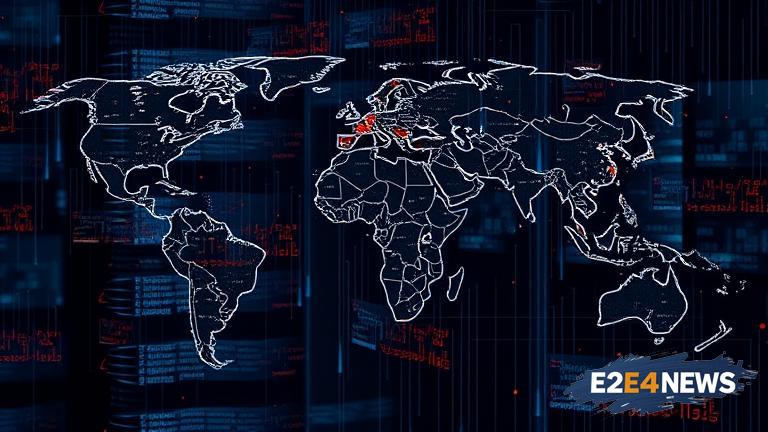A massive cyber attack has hit Microsoft servers, affecting approximately 100 organisations globally. Researchers have identified the vulnerability in the Microsoft Exchange Server, which has been exploited by hackers to gain unauthorised access to sensitive data. The attack is believed to have originated from China, with the hacking group known as Hafnium suspected to be behind the breach. The Microsoft Exchange Server is a popular email server software used by many organisations, including businesses and governments. The vulnerability in the server has allowed hackers to access email accounts, steal sensitive data, and install malware. The attack has been described as a ‘zero-day’ exploit, meaning that it was previously unknown to Microsoft and the cybersecurity community. The hackers have been using the vulnerability to steal data, including emails, contacts, and passwords. The attack has affected organisations in various sectors, including finance, healthcare, and government. Microsoft has released a patch to fix the vulnerability, but many organisations have not yet applied the update. The company has urged all users to apply the patch immediately to prevent further attacks. The attack has raised concerns about the security of Microsoft’s products and the need for organisations to prioritise cybersecurity. The incident has also highlighted the importance of keeping software up to date and applying security patches promptly. The attack is being investigated by cybersecurity experts and law enforcement agencies, who are working to identify the perpetrators and bring them to justice. The incident has sparked a global response, with many countries issuing warnings and advisories to organisations about the potential risks. The attack has also raised questions about the role of nation-state actors in cyber attacks and the need for international cooperation to prevent such incidents. In response to the attack, Microsoft has announced plans to improve the security of its products and services, including the implementation of additional security measures and the provision of more resources to help organisations protect themselves against cyber threats.
